7 Seabirds to Help You Conquer Your Avian Fears
Published by Ocean Conservancy
Ornithophobia—fear of birds.
I think we can all agree that, at times, birds can be extremely terrifying. Or at least I do. And not only because I took a course on Alfred Hitchcock films in college and was forced to create a presentation on The Birds.
With their sharp beaks, pencil legs, ability to fly right into your face—birds can be scary!
But, it’s a New Year, and with it come new possibilities—the chance to become anyone and everything you want to be. Naturally, it feels like the perfect time to try and conquer fears. And what better place to start than examining an internal (though completely rational, right?) discomfort with those of the feather variety.
So, without further ado, I present to you the finest, most adorable, specimen of seabirds to assist in helping you conquer your Ornithophobia.
Snow Bunting
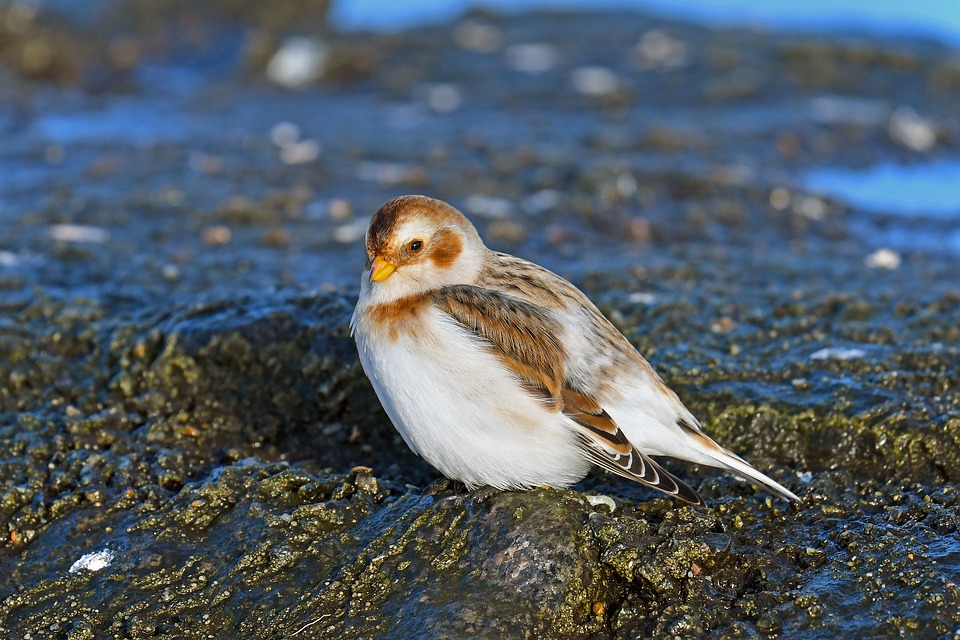

Ah, the Snow Bunting—the “Snow White” of birds. With that gorgeous fawn blush and golden beak, this small breed is reminiscent of a fluffy cloud with wings. Their sweet warble creates images of a warm cup of tea as you sit in a magnificent reading chair by the fire. Hints of apple pie permeate the air. Or is that freshly cut rosemary? I digress.
You will probably never find yourself with a young snow bunting on your shoulder as it spends much of the year in the Arctic and Northern Pacific regions. During the spring, Snow Buntings nest, some near the shore, seeking to fill their bellies on seeds, insects and tiny crustaceans. Though their feathers are often tinted with brown, they preen with snow until the color is worn down to an ethereal white.
Little Auk
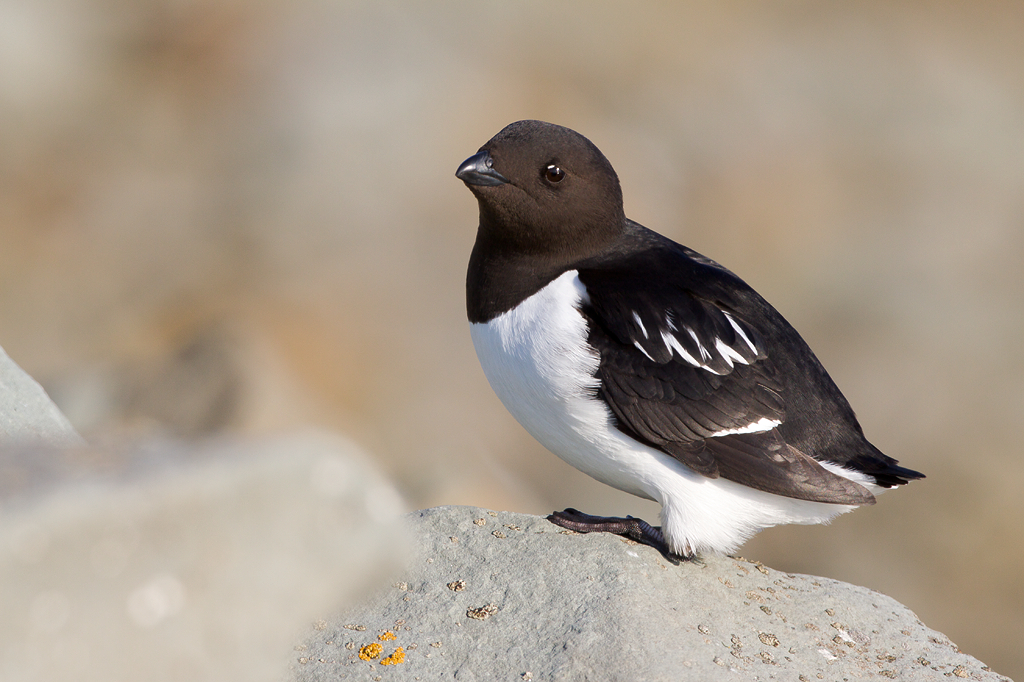

The Little Auk is slightly larger than a common House Sparrow. Its tuxedo feathering gives this tiny conqueror the look of a mini-penguin, only the Little Auk actually has the ability to fly. With a small, curved beak and big black eyes, the Little Auk gives the impression that he is very trustworthy and in fact would make a very good secret keeper. Don’t worry, this little birdie told no one.
Much like the Snow Bunting, the Little Auk uses the Arctic as breeding grounds and spends the winter in the North Atlantic. Though already socially inclined birds, they form even larger clusters during breeding season, creating large colonies on cliff sides near the sea to feast on plankton, marine creatures and small fish. They are extremely fast fliers and can flap their tiny wings up to 70 km (43.5 miles) per hour. If you find yourself being chased down by one of these bad boys, best make some sharp turns to throw them off—they are straight fliers and have difficulties turning.
Atlantic Puffins
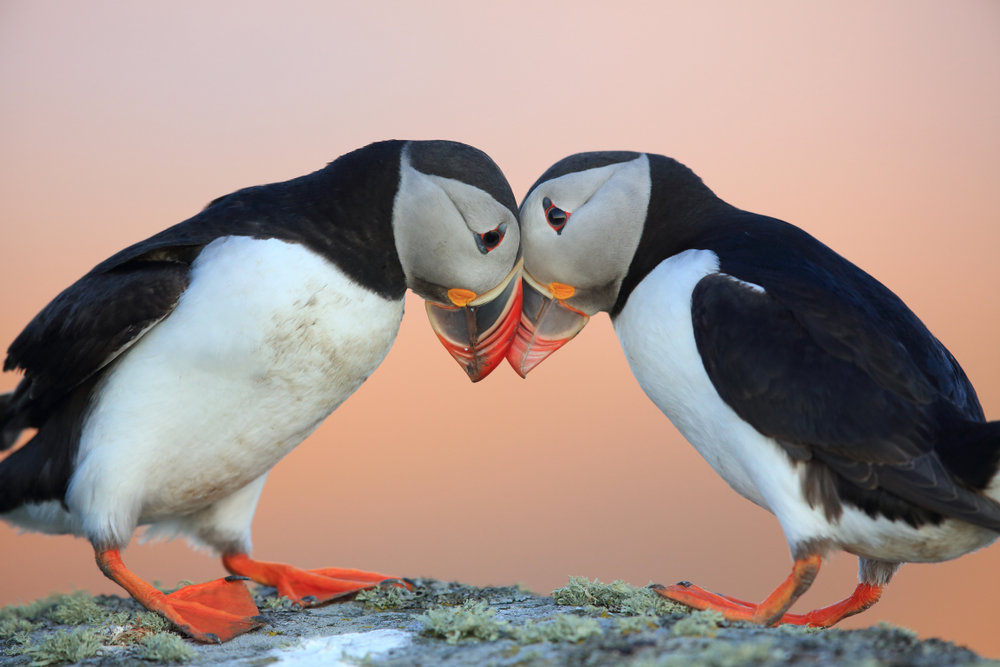

Believe it or not, I wasn’t a fan of any puffins when I first saw them. Their large and sharp beaks and ever-watchful eyes are quite intimidating. And they are birds so that’s an automatic minus five points in my book. But, eventually the beautiful coloring of the Atlantic Puffin won me over. Nothing that evil would have the nerve to pull off such a bright and colorful beak (but really many venomous animals are colorful, so please ignore this generalization and take caution—check out this sweet video).
The Atlantic Puffin nests on the eastern edge of North America, thoroughly enjoying themselves as they try to catch a face full of fish in areas like Maine and Canada during the spring and summer. During winter, the puffin becomes a proper sailor, soaring across the open ocean on a solo mission to dive underwater for fish, mollusks, crustaceans and marine worms (though fish are easily the heartiest meal).
Adélie Penguins
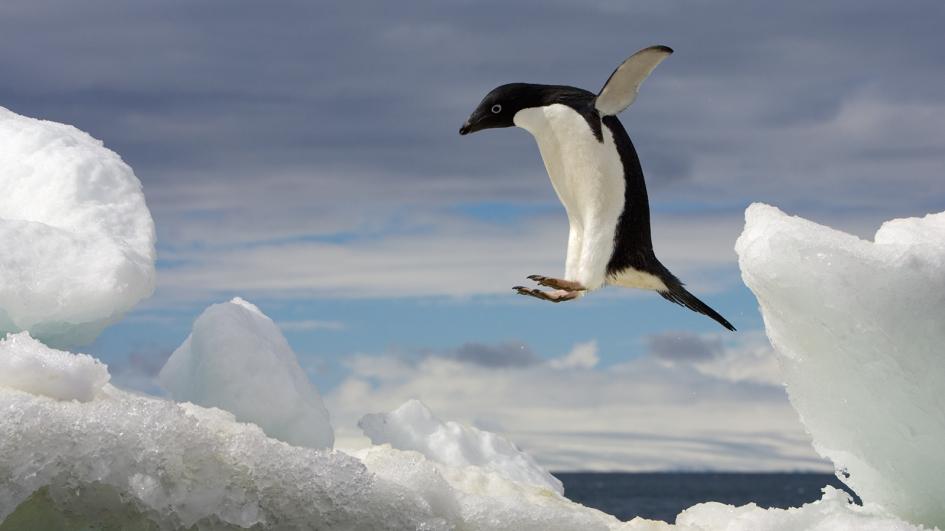

I’ve been told I need to put penguins on this list or else I’ll have my eyes pecked out. I have been reassured by our scientists that while being pecked to demise by Adélie Penguins would be a pretty cute way to die—it is not even remotely likely to happen (cue a big sigh of relief!) These little guys are the true tuxedo penguins, reaching heights just above the average person’s knee, so you can easily overtake them if you find yourself in a precarious situation.
Adélie Penguins live in the Antarctic along rocky coastlines, where they form large colonies during breeding season, and in offshore seas. They generally mate for life and share the parenting duties of a pair of eggs (that’s right—‘twin’ baby penguins!). Like most penguins, they eat fish, squid and other tiny aquatic creatures.
Black Guillemot
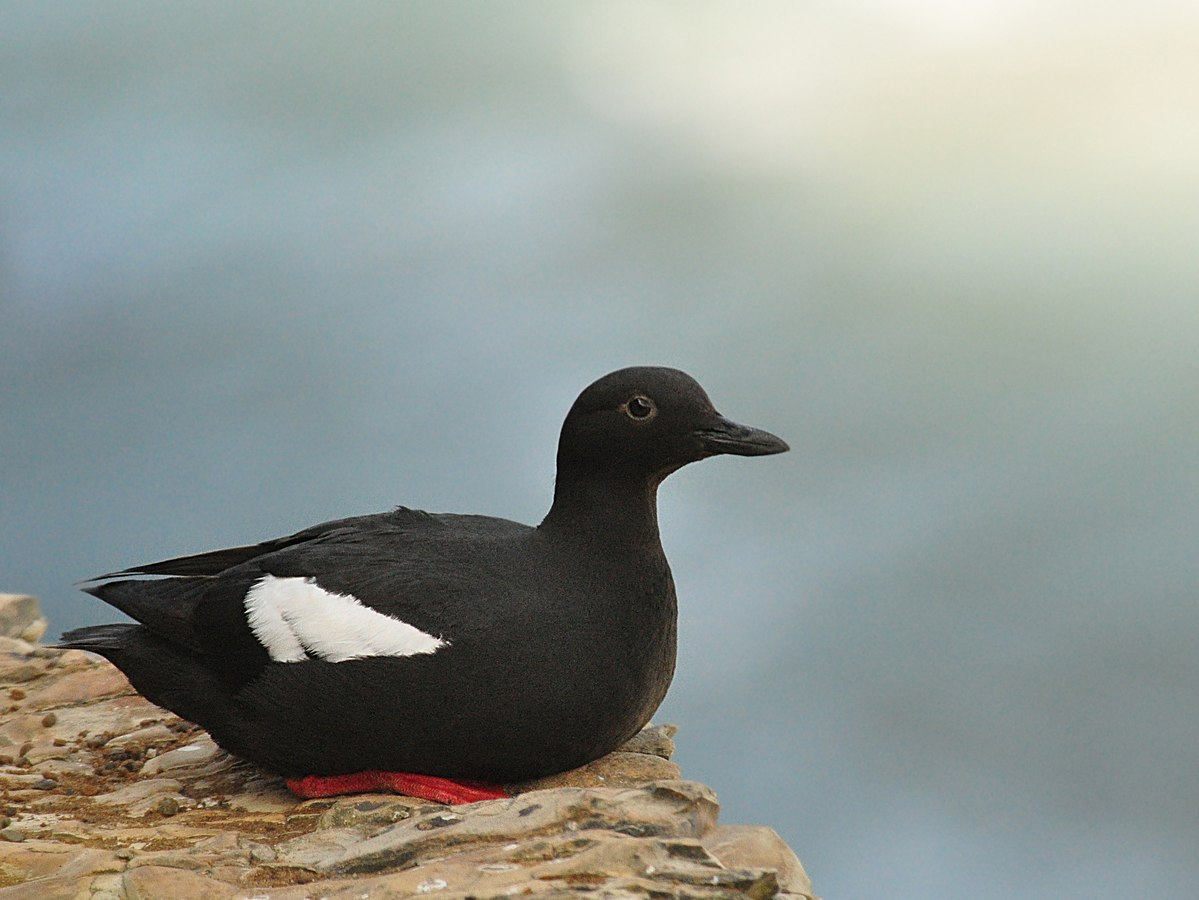

I’m sure the Wicked Witch of the West is eating her heart out over those ruby, red feet. The Black Guillemot, also known as one of the many birds referred to as sea pigeons (except pigeons are horrific so ignore this), has a sweet face with a slight upturn near the base of the beak that gives the hint of a smile. And not an I’m-going-to-eat-you-later smile, but a true yes-birds-can-be-your-friend smile.
Black Guillemots can be found practicing some sweet diving methods in Northern Alaska and the fringes of North America as they search for fish, crustaceans and other marine invertebrates. Fun fact—they’re cousins of the puffin! So, I guess it’s all in the family?
Dowitcher
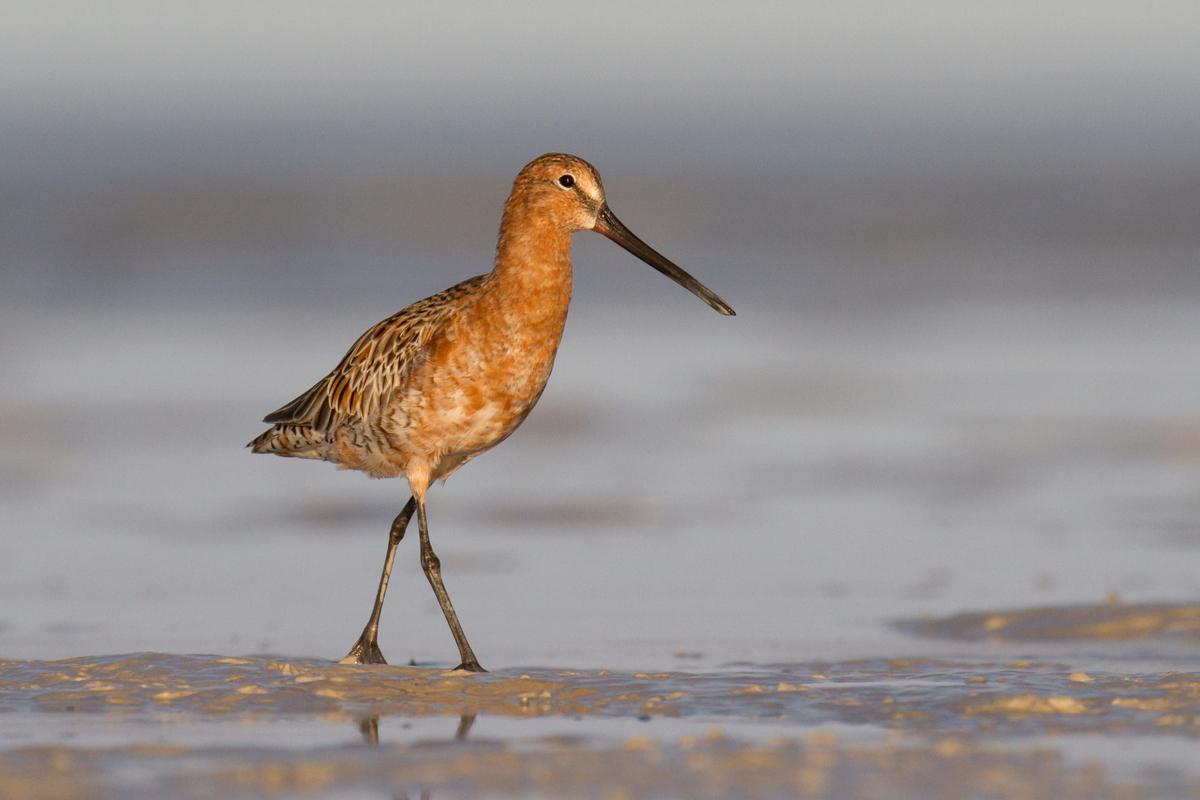

I am definitely down with this bird. The beak isn’t too sharp and their bodies are just disproportioned enough to get a nice rating on the cute-o-meter. The subtle coloration of the Dowitcher is reminiscent of a warm watercolor painting during a crisp autumn day on the farm.
Defying societal and animal kingdom norms, the male Dowitcher cares for the young once they hatch. They are commonly found near the Mississippi in marshes (read up on estuaries) where they can probe the ground with their long beak for food.
Black Oystercatcher
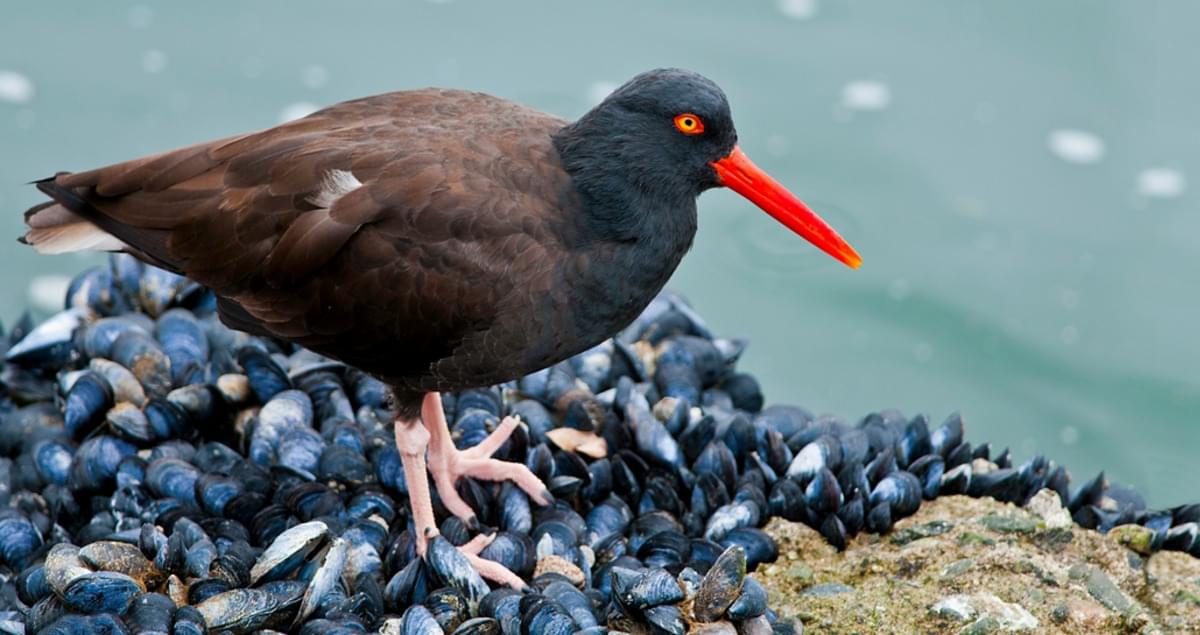

Whoops! Don’t know what the Black Oystercatcher is doing here. These birds look like Satan’s underlings. Their red eyes bore into your soul until you find yourself facing a paralyzing feeling of defeat.
But keep still your beating heart ocean friends, these birds consider mussels to be their main source of food (not human fingers) and with age, become highly skilled at opening mussels, limpets and other shellfish. They can be found along the Pacific Coast, from Alaska to Baja California, typically amongst rocky shorelines. They are large—about the size of a crow—and noisy, so keep your eyes and ears peeled so you can make a quick getaway if you find yourself so unfortunate to encounter a Black Oystercatcher.
Piping Plover
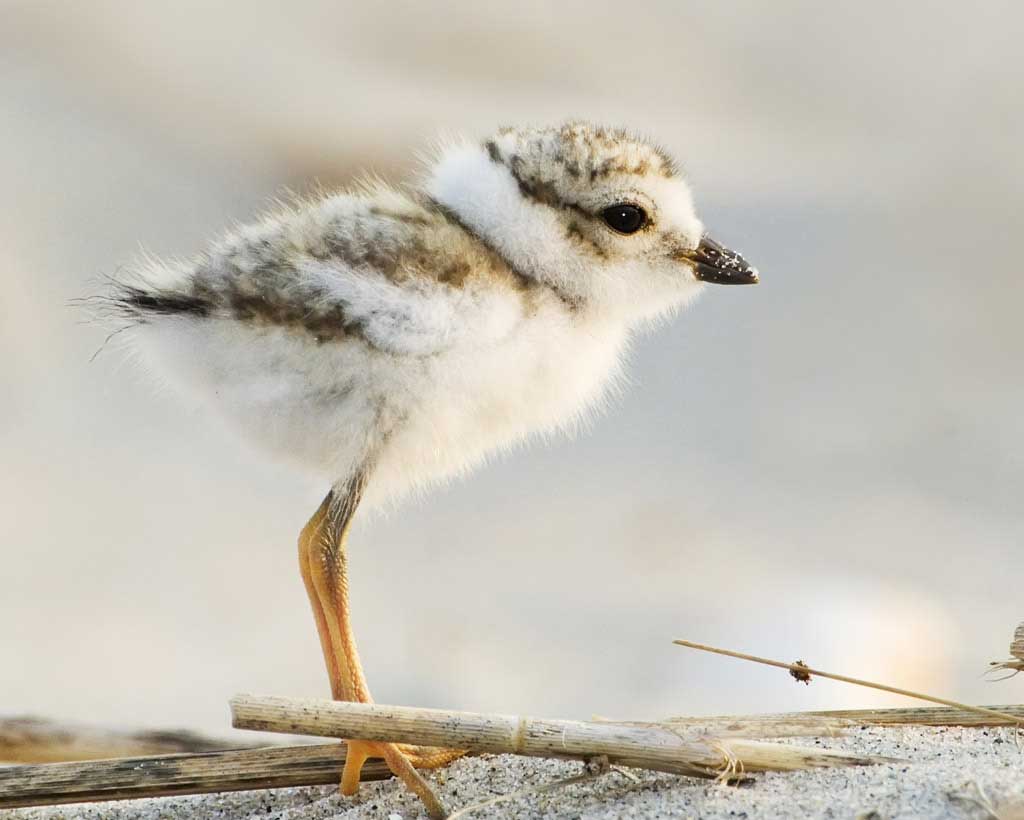

Is there anything more adorable than a Piping Plover chick? Even their name is enough to put a smile on your face (also a great tongue twister). Be sure to keep the crafters away or they’ll be mistaken for a fluffy pompom on pipe cleaners.
Bigger than a sparrow, but smaller than a robin, the Piping Plover is a beach ninja. They can be found speeding around ocean and lake shores of the Northeast during summer and in South Carolina and Georgia during winter. Masters of camouflage, they blend right into the sandy beaches they call home. Although they are tougher than they look and will defend their nests with cunning and trickery (sometimes even faking injury), the Piping Plover is facing extinction as part of the U.S.’s endangered species list due to loss of habitat and increasing nest disturbances. As they easily blend in with the environment to avoid predators, please be alert so as to not trample nests or newborn chicks.
Maybe you don’t need to fear birds (besides of course the Black Oystercatcher, Marabou stork, King vulture and about a hundred others). There are some pretty cute birds out there that are well worth your love. And as long as long as they don’t get too close, I think we can share the earth, and our ocean, with these feathered friends.
The post 7 Seabirds to Help You Conquer Your Avian Fears appeared first on Ocean Conservancy.
Read the full article at: https://oceanconservancy.org/blog/2019/01/17/7-seabirds-help-conquer-avian-fears/



